eBooks afford marketers the opportunity to target buyers in the middle of the funnel. They also allow them to show a more research-intensive, visually dynamic side of their brand.
We create and design several eBooks ourselves every month, but we’re always on the lookout for inspiration. We’ve compiled 5 of our favorite B2B eBook examples we’ve come across so far this year, and we’re sharing them with you to illustrate why they’re great and how you may be able to learn from them.
Why Should You Create eBooks?
There are so many different kinds of online content that your team could devote its time to, but eBooks should definitely be at the top of your list. Not only are they a unique form of content marketing. They can also increase customer engagement and boost brand awareness. eBooks are an excellent way to showcase your team’s thought leadership through long-form content.
Publishing an eBook focusing on specific topics is worth it when done correctly. Building a repertoire of high-quality content, including eBooks, will help businesses in a multitude of ways, some of which include showing a brand’s authority on a subject, generating leads and reinforcing visual brand identity.
eBook Writing Best Practices
Creating an interactive eBook from scratch is not as simple as you might think. Not only do you need a professional writer to expertly tackle the copy, but you need a star design team to format the eBook in a way that is easily consumable. When compared with a white paper, a similar marketing asset, eBooks adopt a more aesthetic, design-centric approach to facilitate easy, digestible reading.
In addition, you’ll need an engaging landing page that gives readers a reason to enter their contact information to download the asset. The landing page ought to be intuitive to both desktop and mobile users, particularly given the prevalence of mobile-focused content. All these tasks may take quite some time for your team to develop, but you could always partner with eBook design services to help guide you through the eBook creation process — or, simply go hands-off and trust the agency with its formulation. In doing so, you’ll ensure that your eBook not only looks excellent but also effectively serves its purpose of building brand awareness, generating high-quality leads and, ultimately, driving audience members down your funnel.
Subscribe to
The Content Marketer
Get weekly insights, advice and opinions about all things digital marketing.
Thank you for subscribing to The Content Marketer!
The 5 Best eBook Examples
Concentric eBook
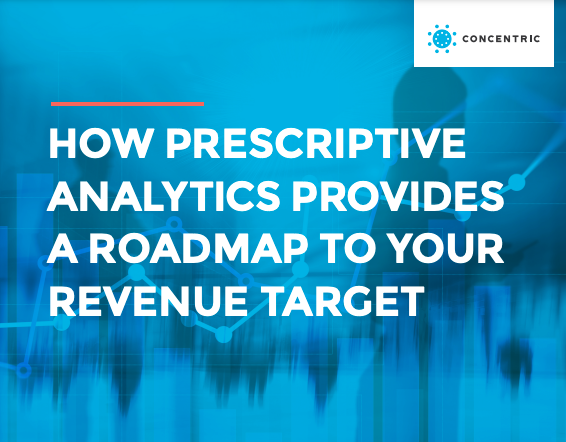
Search Engine Journal: Illustrated Guide to Link Building
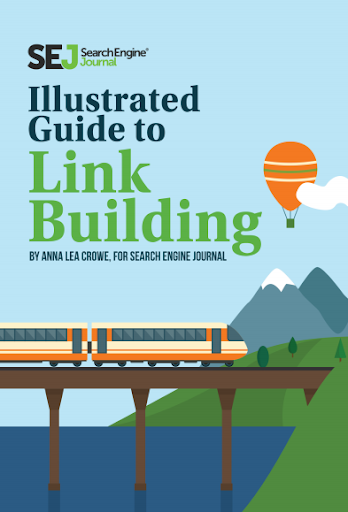
In this example, the team at Search Engine Journal (SEJ) dove headfirst into the concept of link building, attacking it from every angle and providing readers with simple takeaways.
The size alone — 69 pages — speaks to how comprehensive this guide is, and we’re particularly fond of the super logical layout and sparse eBook design. Sure, eBooks tend to be a bit heavier on graphics than a white paper or blog post, but for a topic as wide open as “link building,” you’re going to need a lot of text on each page to thoroughly explain every detail.
At the end of each chapter, SEJ provides a practical breakdown of both benefits and recommended tools of a given link-building tactic:
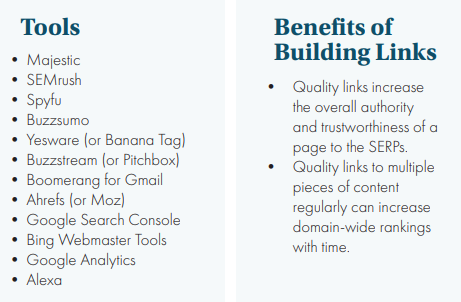
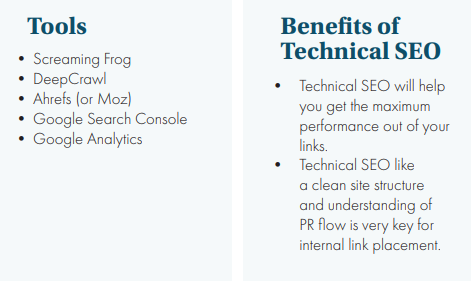
In addition to providing real-world examples of successful link-building tactics and their performance metrics, the eBook concludes by giving readers a 12-month link-building checklist.
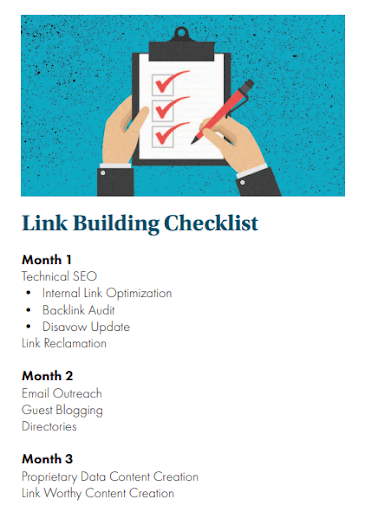
It’s safe to say SEJ did their due diligence with this project, and site visitors who provided their contact info probably received more value than they bargained for.
Optimizely: Master Your Next Website Redesign
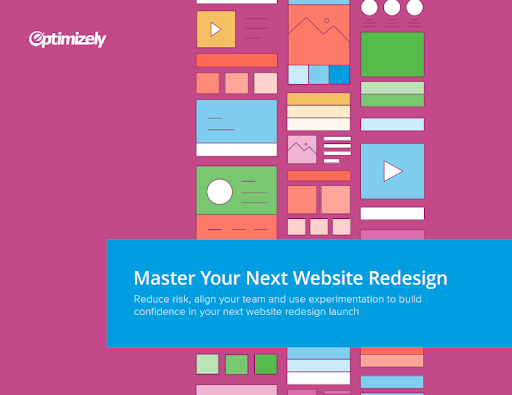
Right from the get-go, Optimizely draws in readers through sheer visual allure. Opting for a design that features geometric shapes and near-pastel colors, Optimizely walks through the ins and outs of website redesigns.
Considering how many technical SEO and web dev components go into a redesign, they’re often quite expensive and left to the expertise of agencies. And that’s why this eBook’s title matters, specifically the word “master.”
If you get a website redesign wrong, you’re potentially looking at 10s or 100s of 1,000s of dollars down the drain. For e-commerce sites, we’re talking 1,000,000s lost due to poor UX, shopping cart abandonment and fleeing customers.
This step-by-step guide highlights the interplay of setting goals, collecting analytics data, developing a visual identity, creating content and QA testing wireframes. It also integrates use cases into its narrative to drive home the point of adhering to the guidance Optimizely provides.
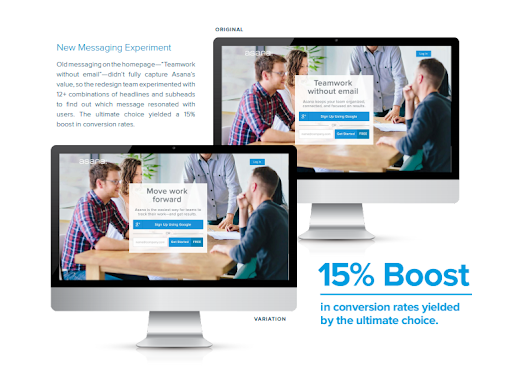
This eBook example goes beyond best practices and demonstrates tangible methods for conquering the mountain that is a website redesign.
Pardot: The B2B Marketer’s Lead Generation Field Guide
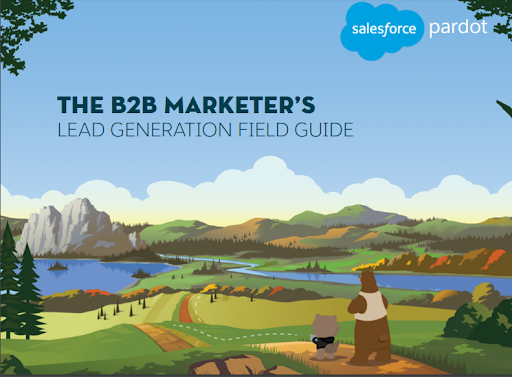
Pardot is a marketing automation powerhouse. Although its parent company, Salesforce, may be the keeper of all things customer analytics, data management and sales integration, neither brand lets these jargon terms obscure its playful imaginative branding.
With unique character illustrations, expert color palettes and a touch of graphical worldbuilding, Pardot is more than just another B2B software company; it also strives to satisfy both creative and analytical minds through visually satisfying brand experiences.
In this “Field Guide” for generating B2B leads, Pardot begins by introducing a gang of characters and explores its outdoorsy theme throughout the entirety of the eBook.
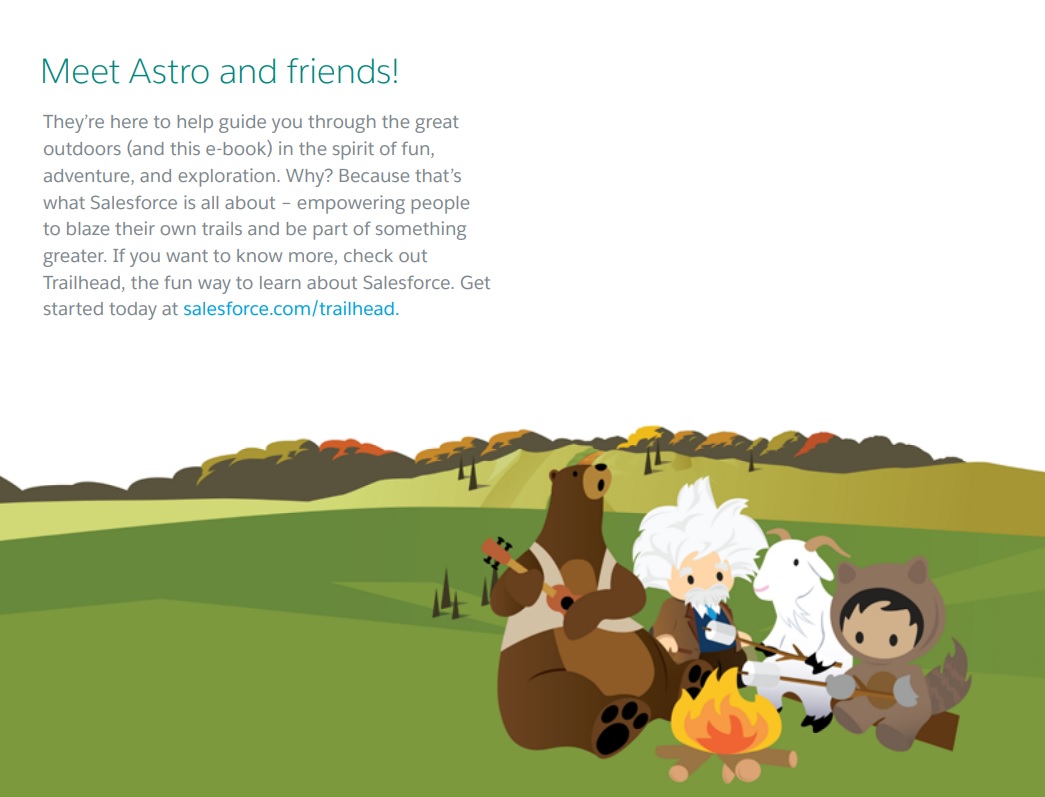
While lighter on data points relative to other eBooks we’ve shared so far, Pardot takes a more narrative approach, as the topic itself is less about numbers and more so an exploration of a high-level concept. As such, more text per page makes sense.
Pardot also requires fairly extensive exchange of information: Site visitors must fill out a half dozen fields to gain access to the eBook, which better qualifies their leads but also asks a lot of readers.
Vend: The 10 Biggest Mistakes Retailers Make When Running Multiple Stores
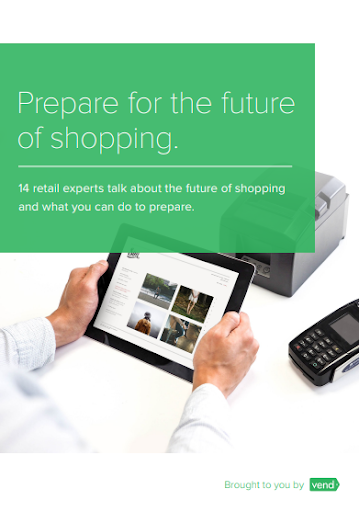
Vend, a cloud POS software provider, employs design elements modestly in their retail guide, opting for more of a white paper-style asset. We’ll still consider this an eBook because it serves the same purpose as other eBooks: being a lead magnet.
What Vend tones down in illustrations, it makes up for in personalized quotations, human imagery and logical flow of chapters, with each section highlighting a new retail prediction.
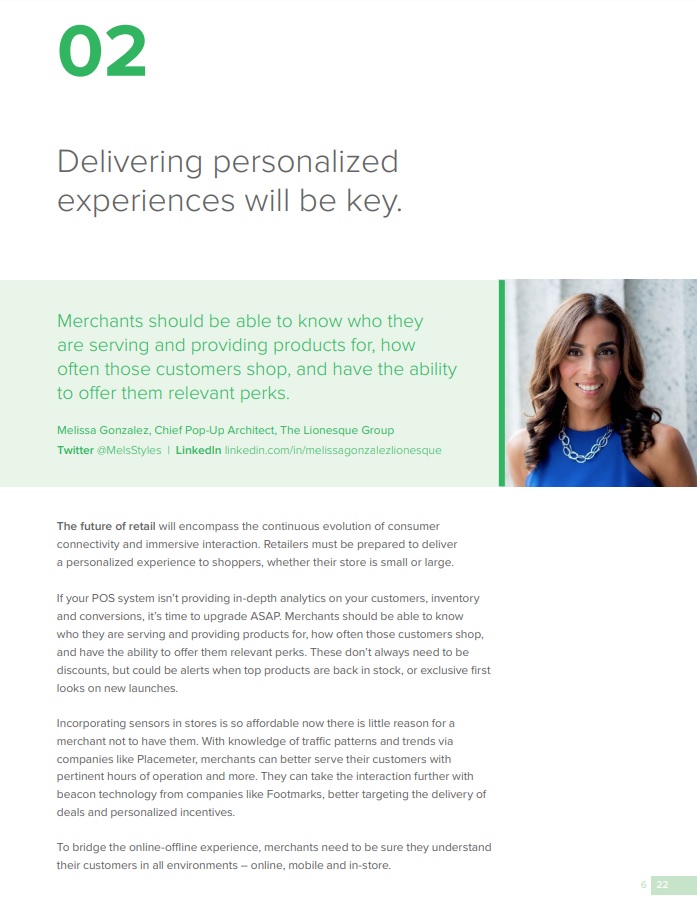
What makes this eBook work is its consistent use of green paired with white space — not too busy, but not lacking ineffectiveness.
As marketing assets go, an eBook is a time-intensive project requiring the efforts of multiple creative departments. But more time doesn’t always equate to better results.
As Vend shows, once you gather industry perspectives that speak to the overall arc of the asset (in this case, retail predictions from top players in the space), much of the work is done. From there, adding in simple design cues may be all that’s necessary to convey information in the best way possible.
While other companies may have gone heavier on custom imagery, Vend allows industry influencers to speak for themselves, carrying the load of the eBook. And it probably allowed them to go live quicker.
Partner With the Experts
These real-world examples of eBooks should hopefully help you envision your next eBook creation, either in design quality or breadth of topic coverage.
While you can experiment with various layouts that reflect your brand image, the best practice is to include a table of contents, appropriate citations and dynamic front and back covers. Not only do these features allow readers to jump straight to the chapters that align with their quest for information, but they also package together start and endpoints for readers.
At Brafton, our most effective eBook distribution channel is email, both to existing leads in our sales pipeline and new leads who’ve opted to download one of our assets for the first time. We also choose to produce gated and ungated versions of eBooks to increase the reach of our readership (via publishing an eBook directly on our blog) while simultaneously generating new leads through a form fill.

Editor’s Note: Updated October 2023.





